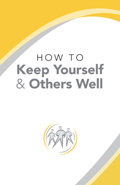While you can keep your own home clean and sanitized, going out to stores or public spaces increases the risk of contagion.
Commonly touched surfaces such as store counters and gas pumps can be contaminated if an ill person touched them before you. And while you should remember to keep your distance from others, you may unwittingly find yourself in the vicinity of ill individuals as you wait in line to buy basic necessities.
Wearing a face mask and disposable gloves when going outside is helpful in protecting yourself and others from infection during an outbreak.
This booklet provides information on how to correctly use face masks and disposable gloves.
Face masks can help limit the spread of germs when an ill person talks, coughs or sneezes. By wearing these masks, ill persons can help prevent spreading disease to others.
Wear a face mask if you are ill with a communicable disease or suspect you are.
It is also important to know that you could be contagious without even realizing it. For example, a person may have germs in his body yet have no symptoms of illness. But someone else in contact with him can still get infected.
Hence you should always wear a face mask when around the elderly or persons with health problems to reduce the spread of germs.
Also wear a face mask if you are likely to come in contact with infected persons.
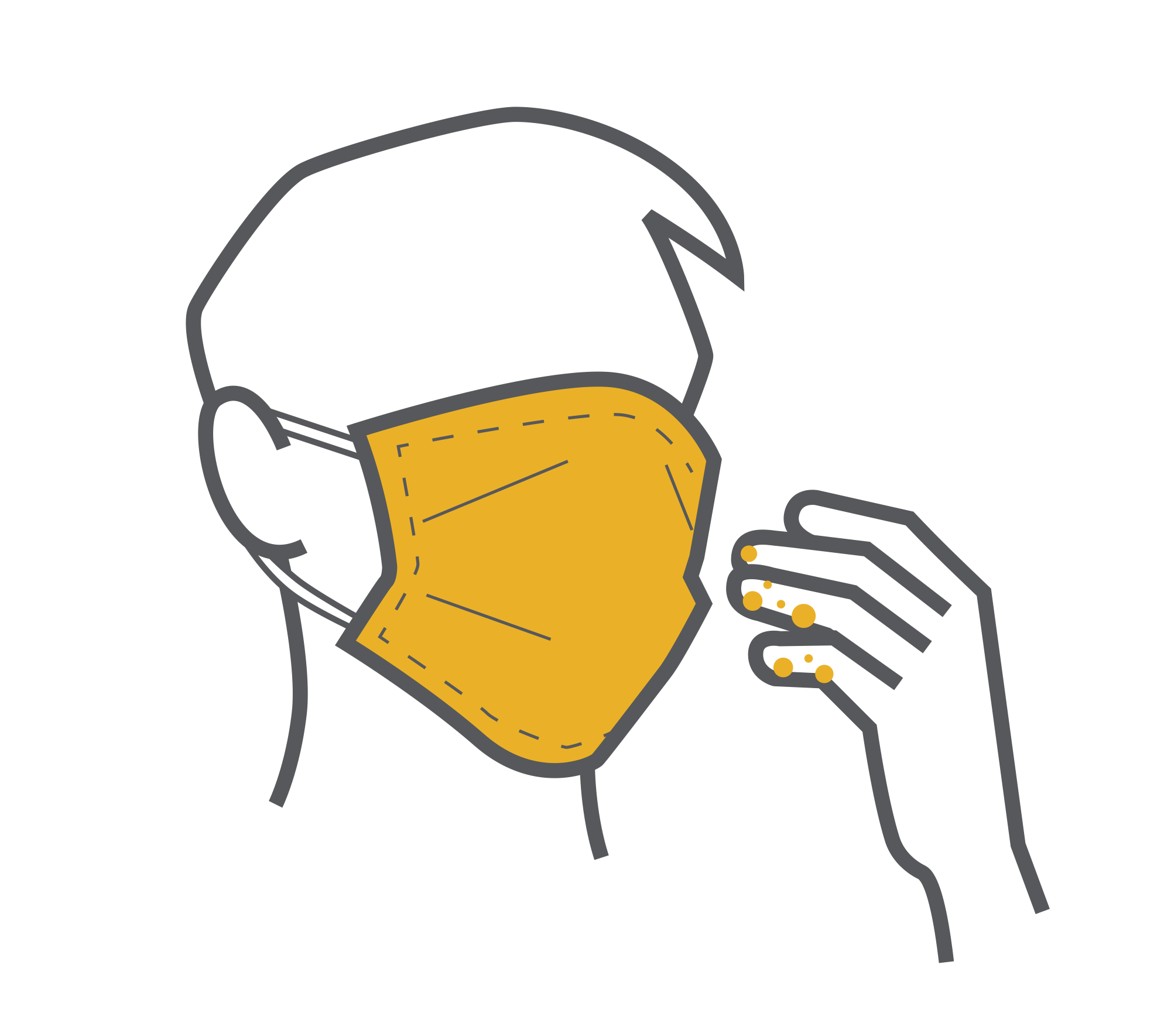
A mask can serve another purpose—it can help prevent you from touching your mouth or nose.
For example, if you touch a surface that was contaminated by an ill person who touched it before you, germs will get onto your hands. If you then touch your nose or mouth with your hand, these germs will enter your body and infect you. This is one of the main ways germs can spread.
So a mask can help prevent infection as you are less likely to touch your own mouth and nose when wearing one.
How to Put on a Face Mask
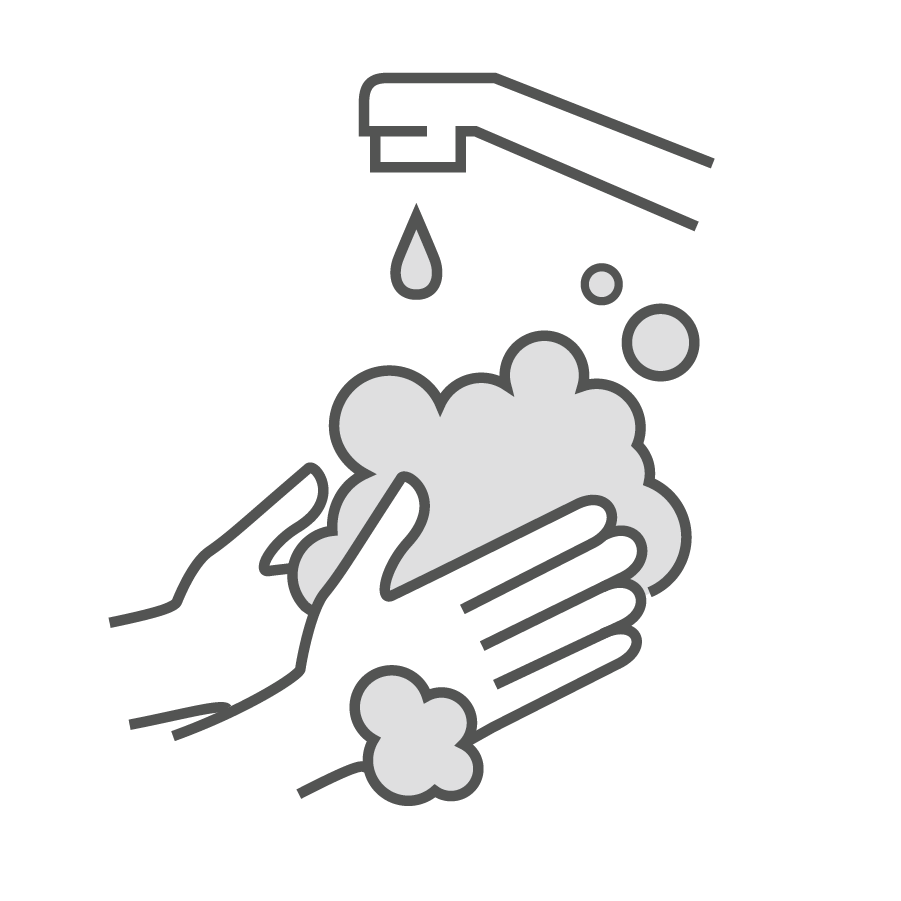
- Before putting on a face mask, wash your hands with soap and water. If these are not available, use hand sanitizer.
- Inspect the mask to make sure it has no obvious tears or holes that would render it ineffective.
- Determine which side of the mask is the front. The colored side of the mask is the side that faces away from you.
- Determine which side of the mask is the top. If the mask has a nose clip (a stiff, bendable edge), this is meant to mold to the shape of your nose and is the top.
- If your mask has elastic bands that fit over your head, hold the mask on your face while stretching the bands over your head to secure it in place.
- If your mask has ear loops, hold the mask by the loops and place a loop around each ear.
- If the straps of your mask are adjustable, tighten them as needed to help keep the mask in place.
- If the straps of your mask aren’t adjustable, you can shorten them, if needed, to help keep the mask in place. Simply twist each strap to make a loop and fit a loop around each ear.
- Adjust the nose clip. Use the fingertips of both hands to mold the nose clip firmly against the bridge of your nose.
- Pull the bottom of the mask as far as you can over your mouth and chin.
- Don’t wear the mask under your chin.
- Don’t wear the mask so it leaves your chin exposed.
- Don’t wear the mask at the tip of your nose.
- Don’t wear the mask under your nose. That defeats the purpose.
- If you leave your nose or mouth exposed, germs have an easy entrance. And not only do you run the risk of spreading germs to others and infecting them, you will contaminate the front of your mask.
- Whenever you wear a face mask, make sure your nose, your mouth and your chin are fully covered.
- Change your face mask, minimally, once a day or as soon as it gets moist or soiled. If you have any doubt about a mask, immediately remove it, dispose of it, wash your hands and get a new one.
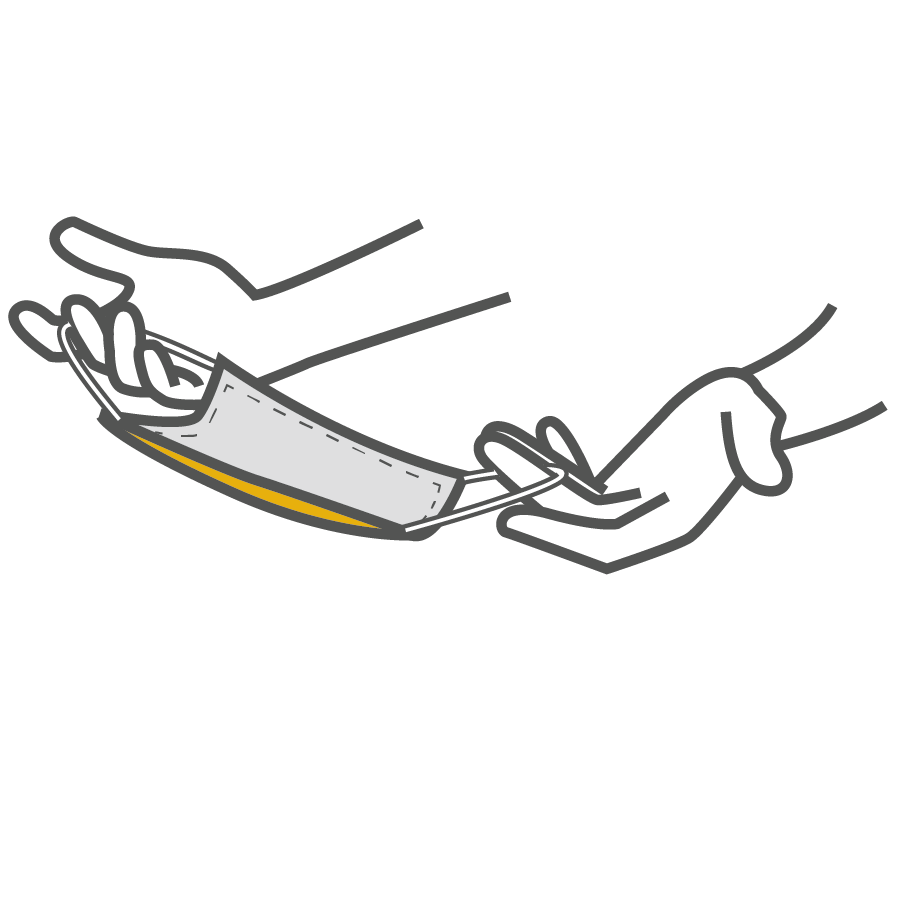
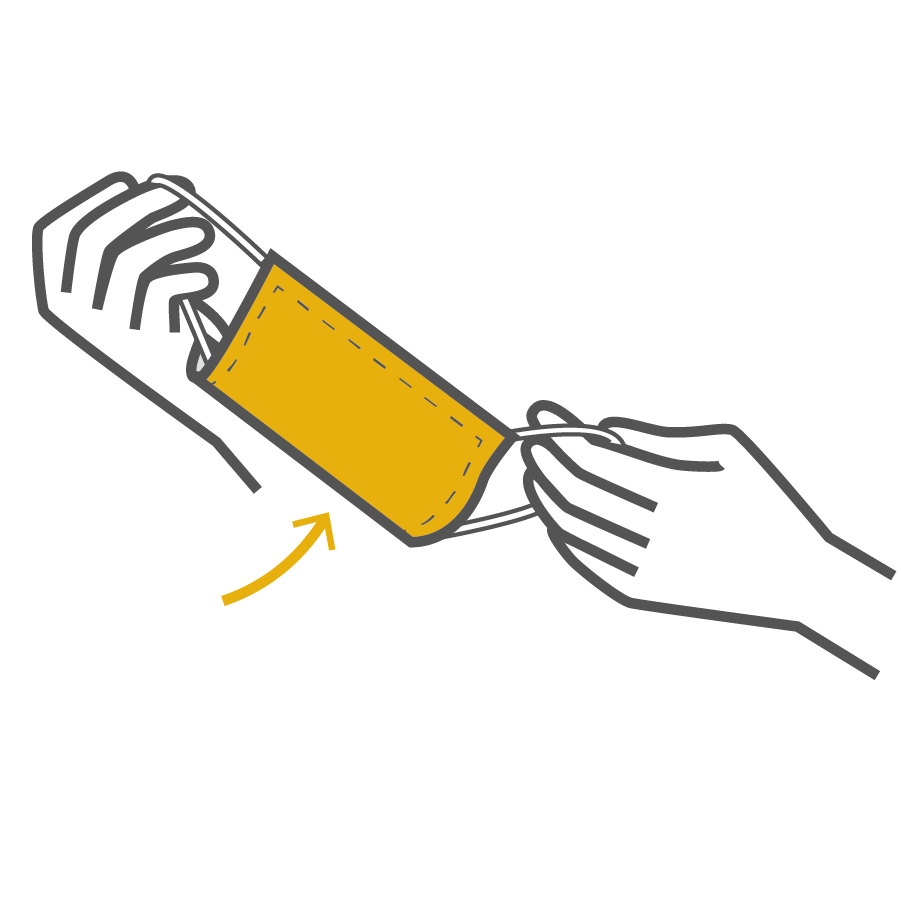
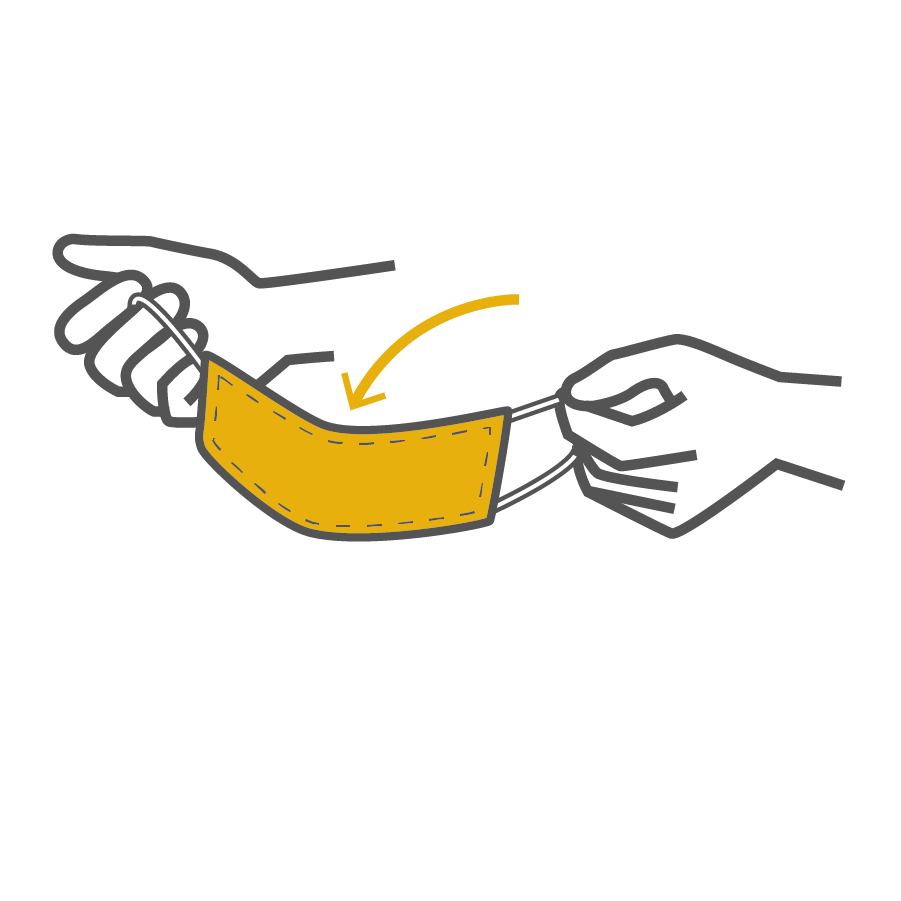




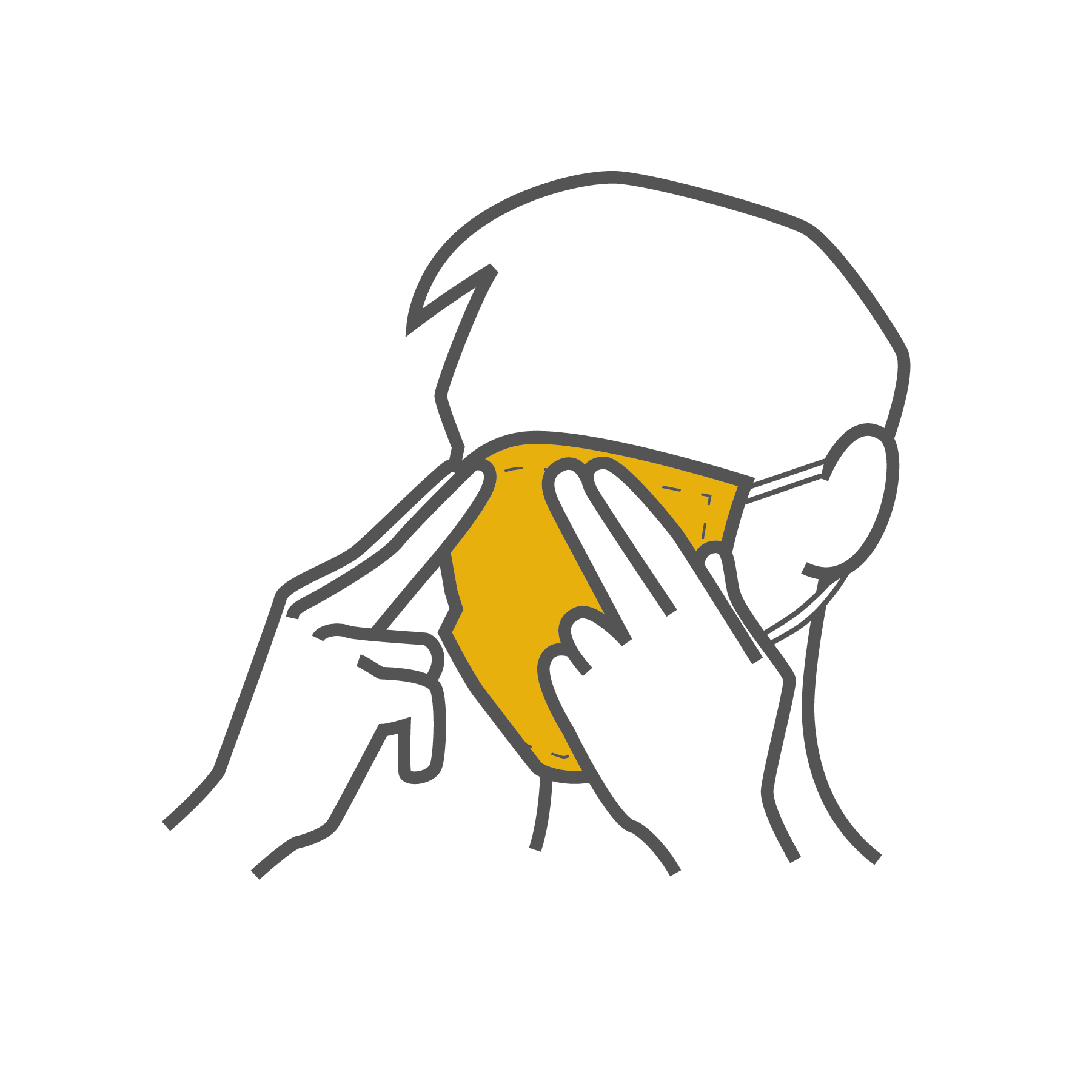
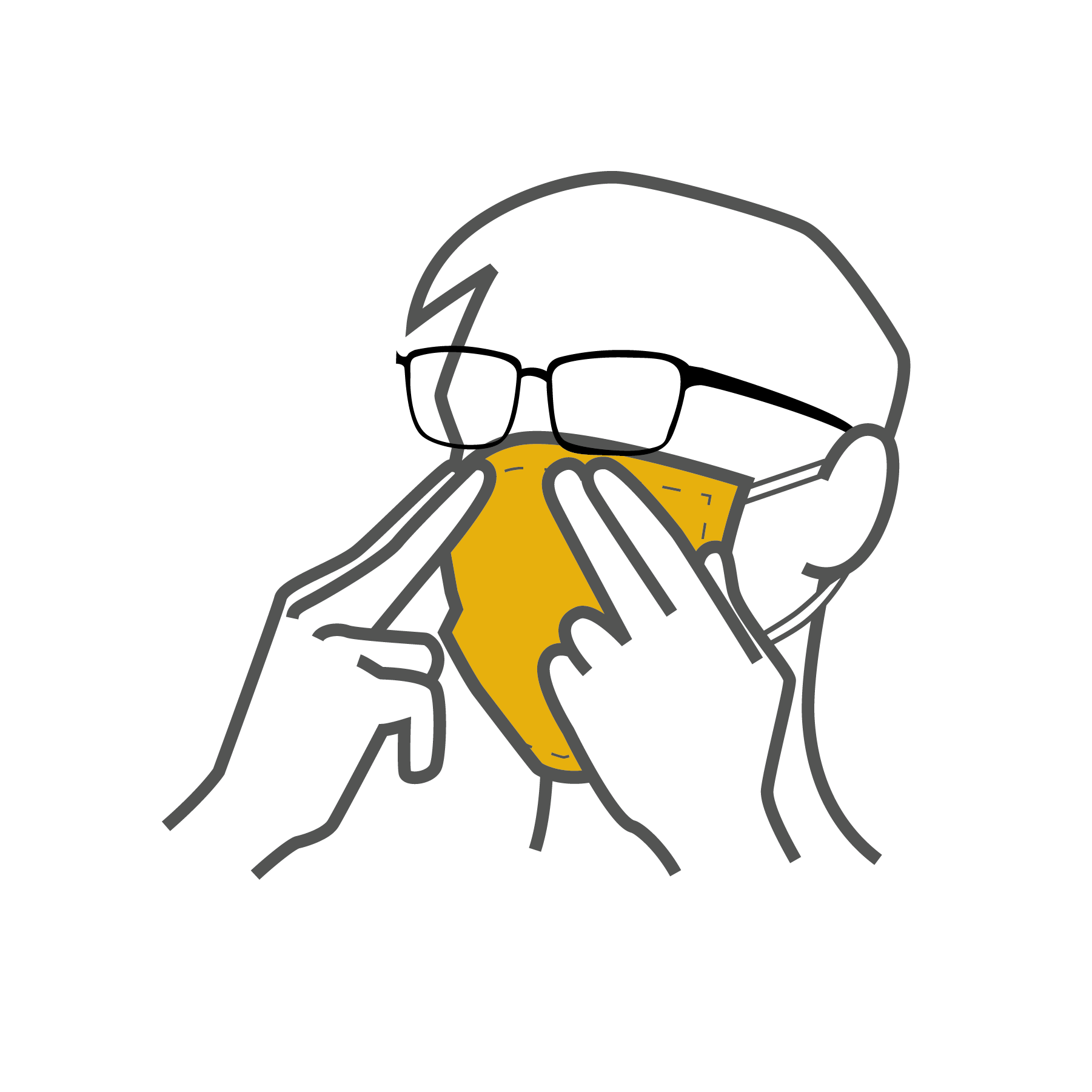
Note: If you are wearing glasses, a properly adjusted nose clip will help prevent your glasses from fogging.
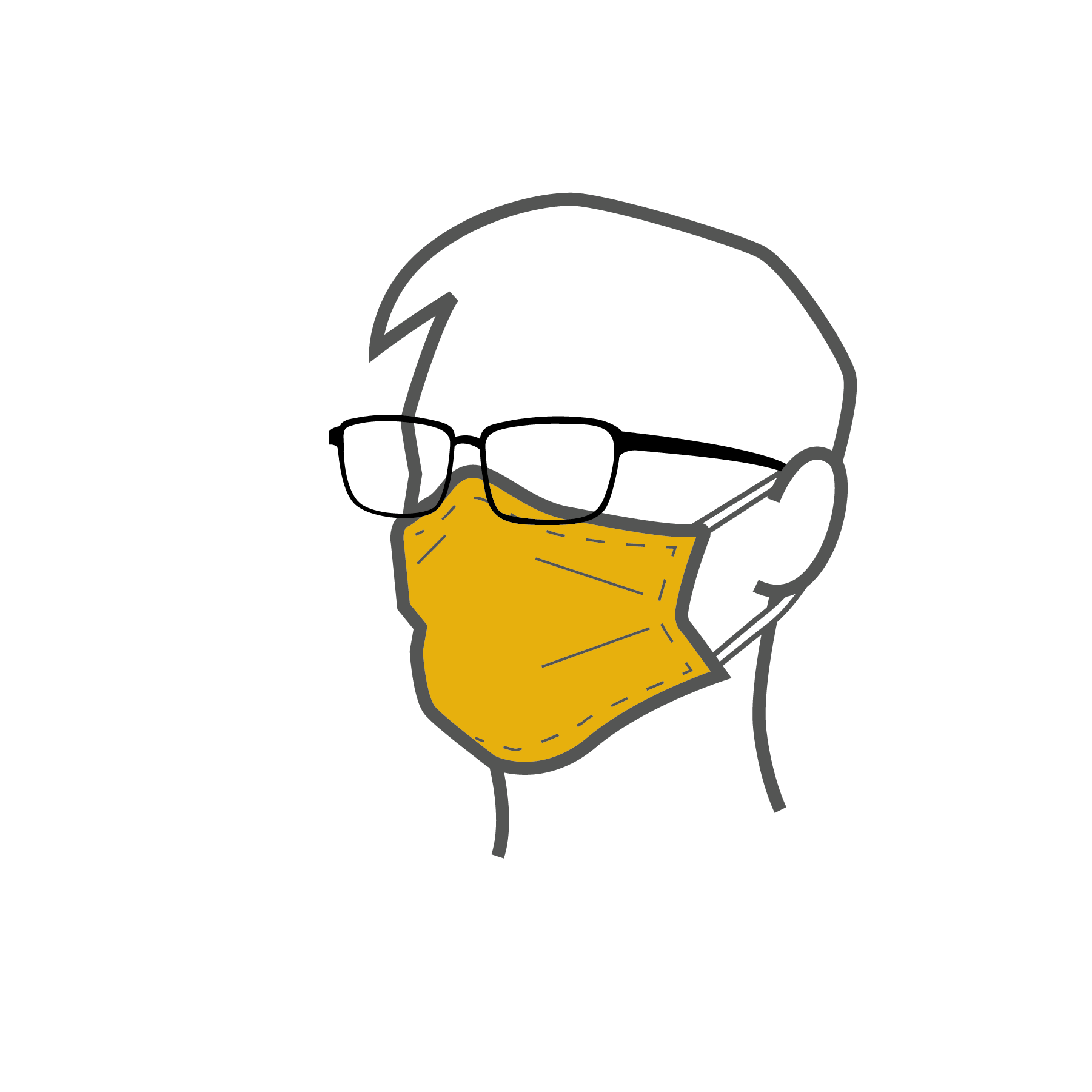
Resting your glasses on top of your face mask will also block air from escaping and fogging the lenses.
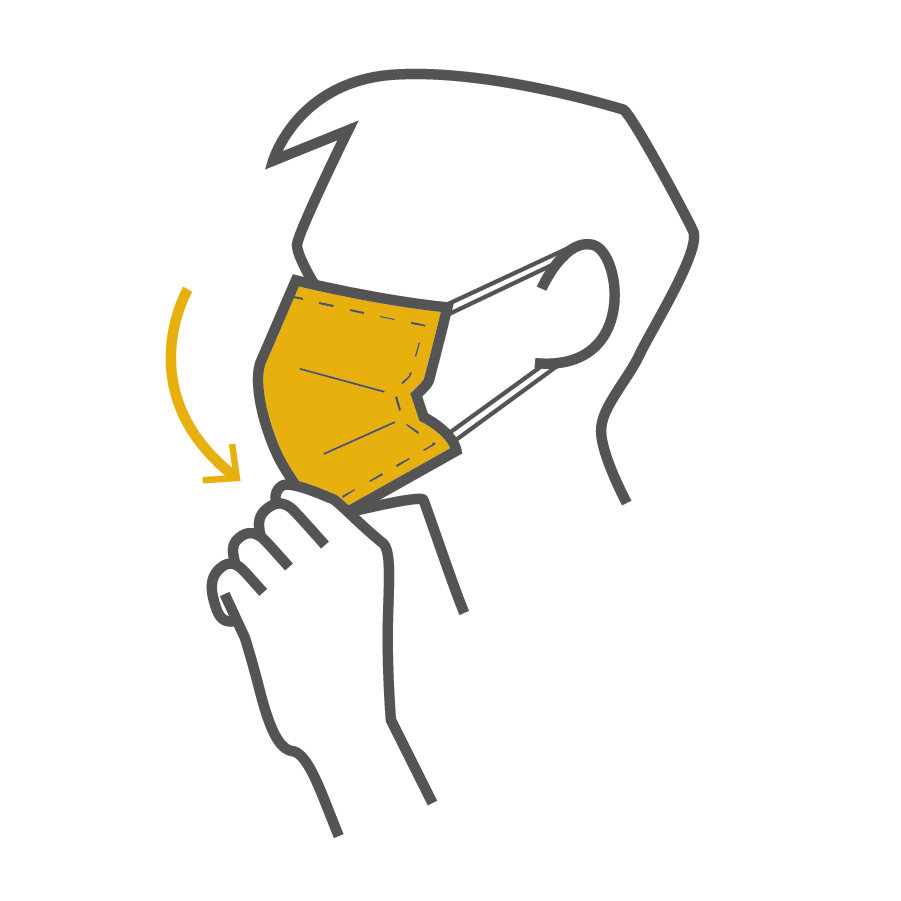
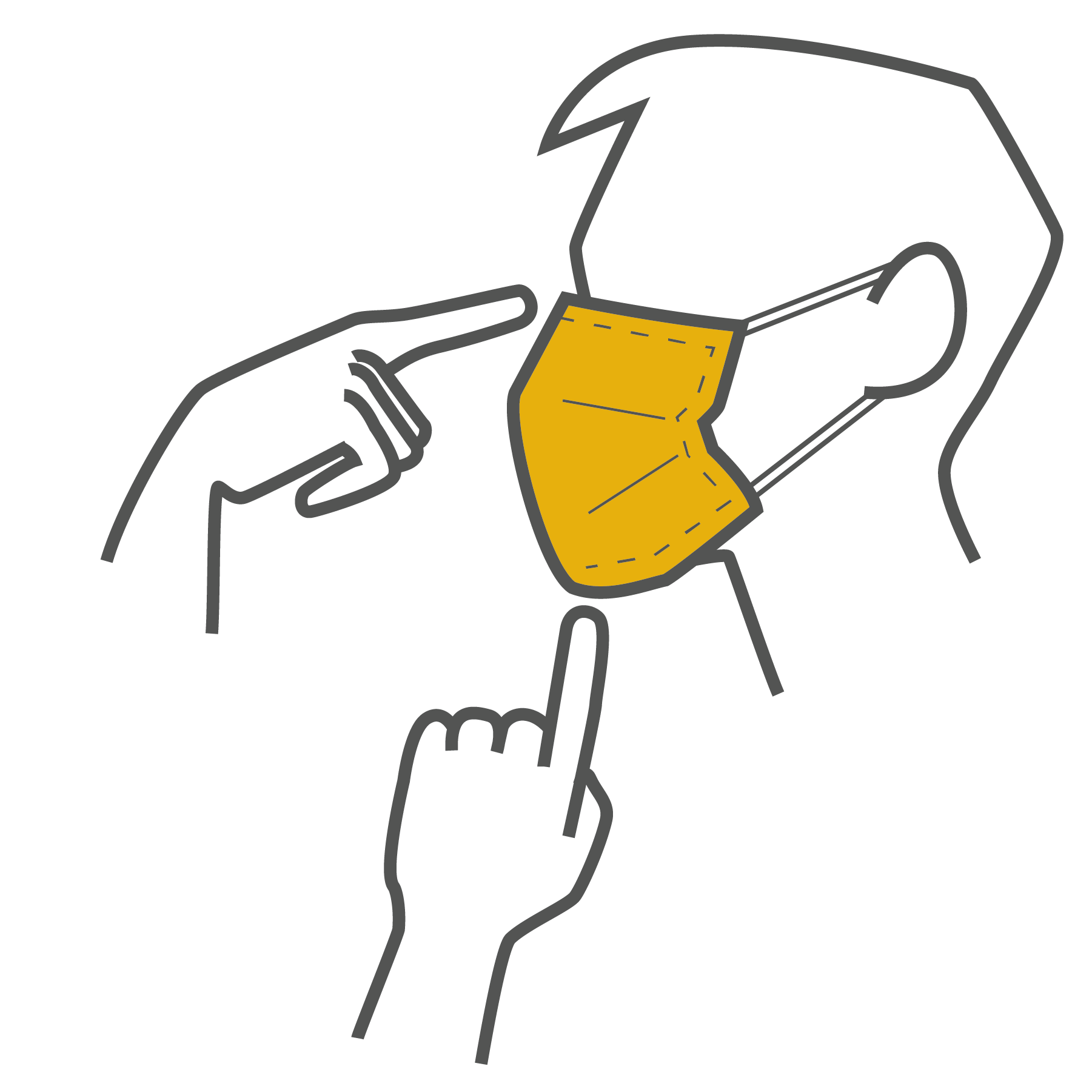
Make sure it covers your face from the bridge of your nose to under your chin.
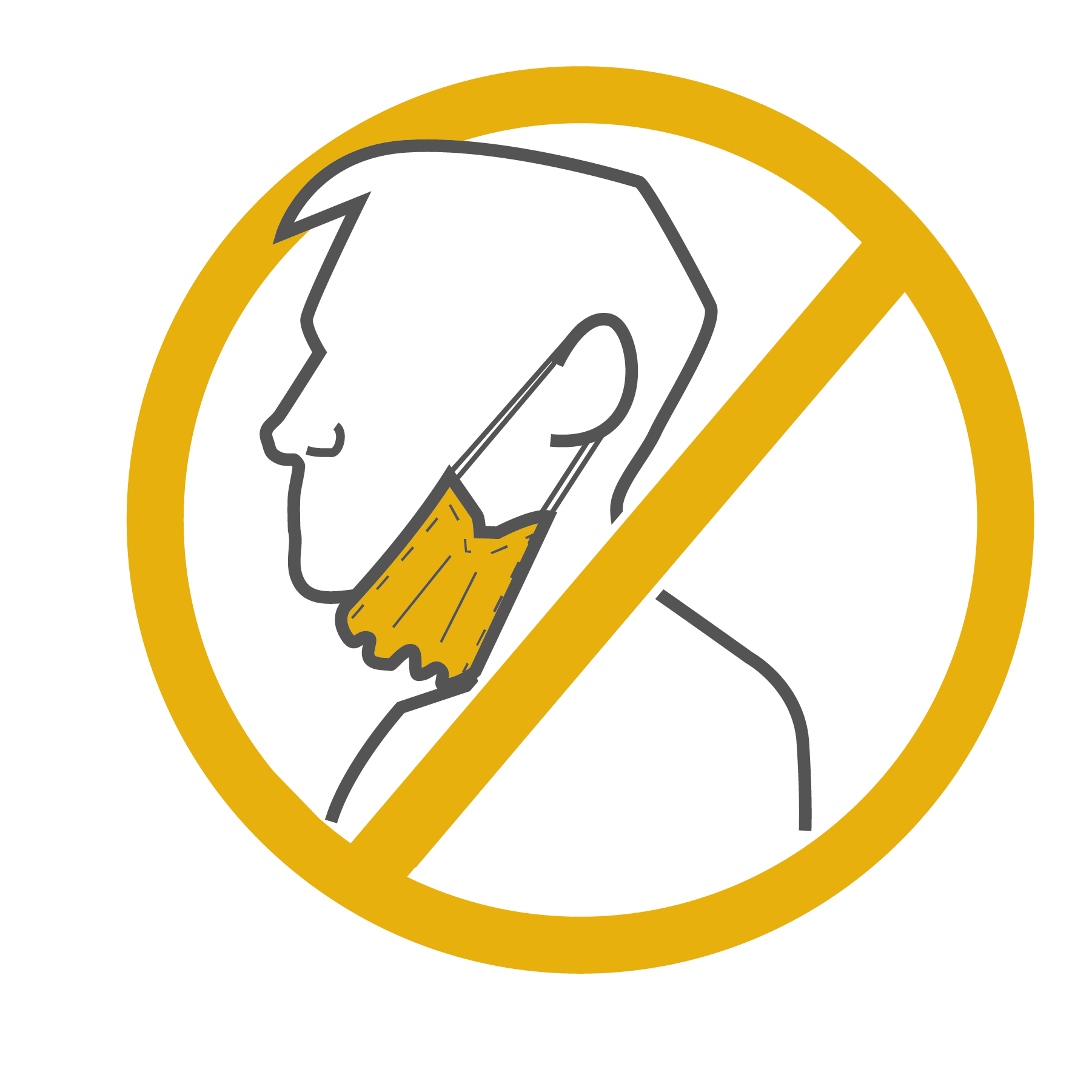
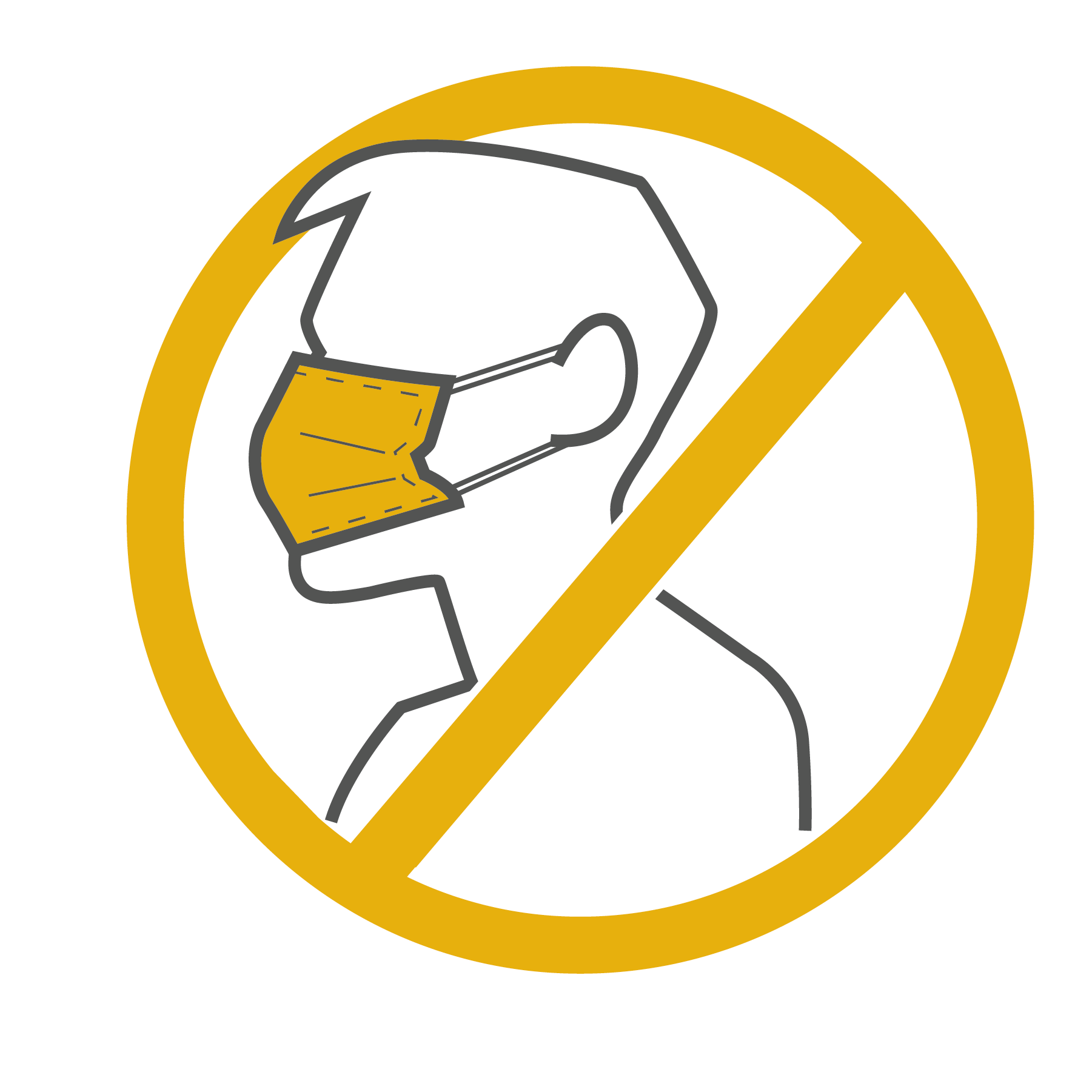
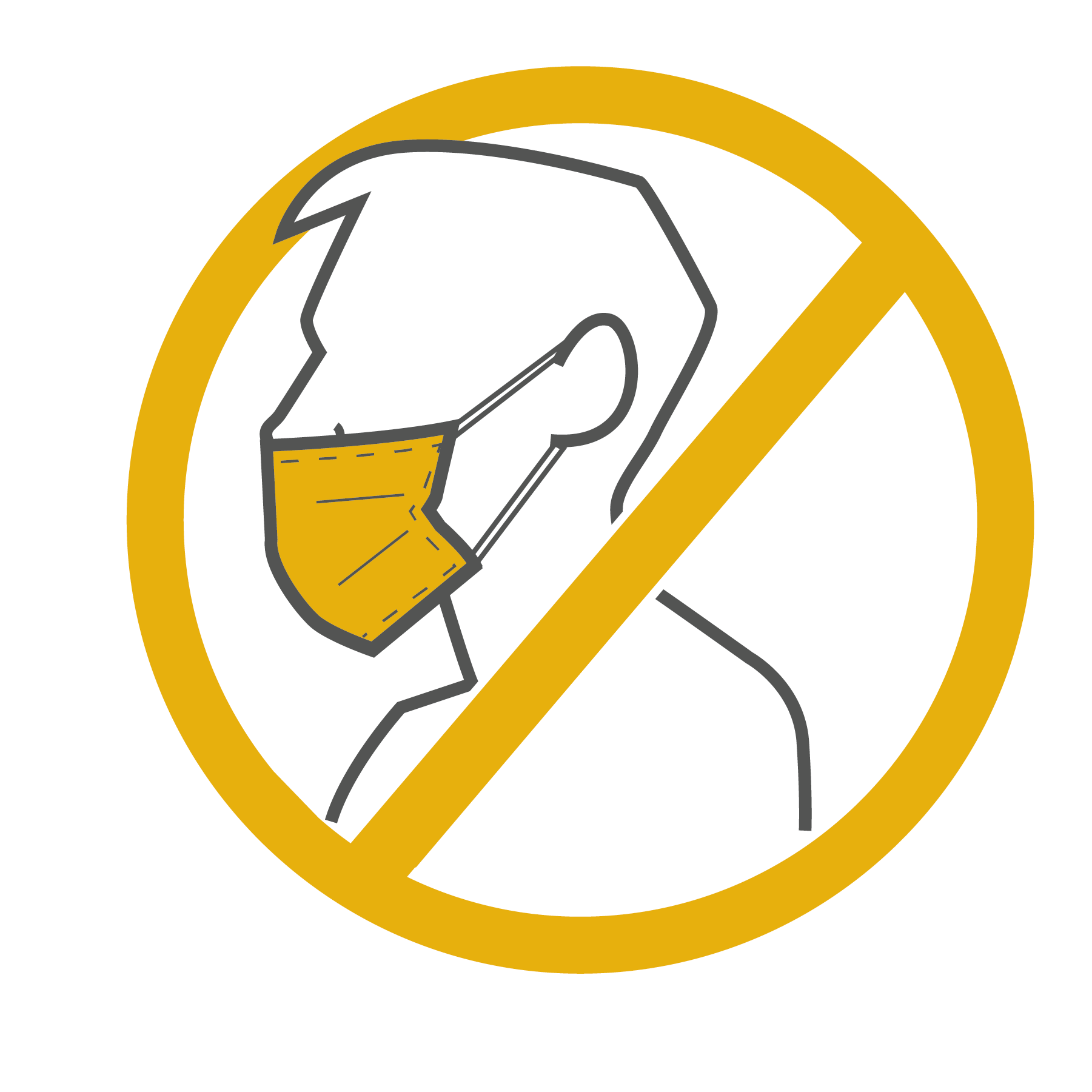

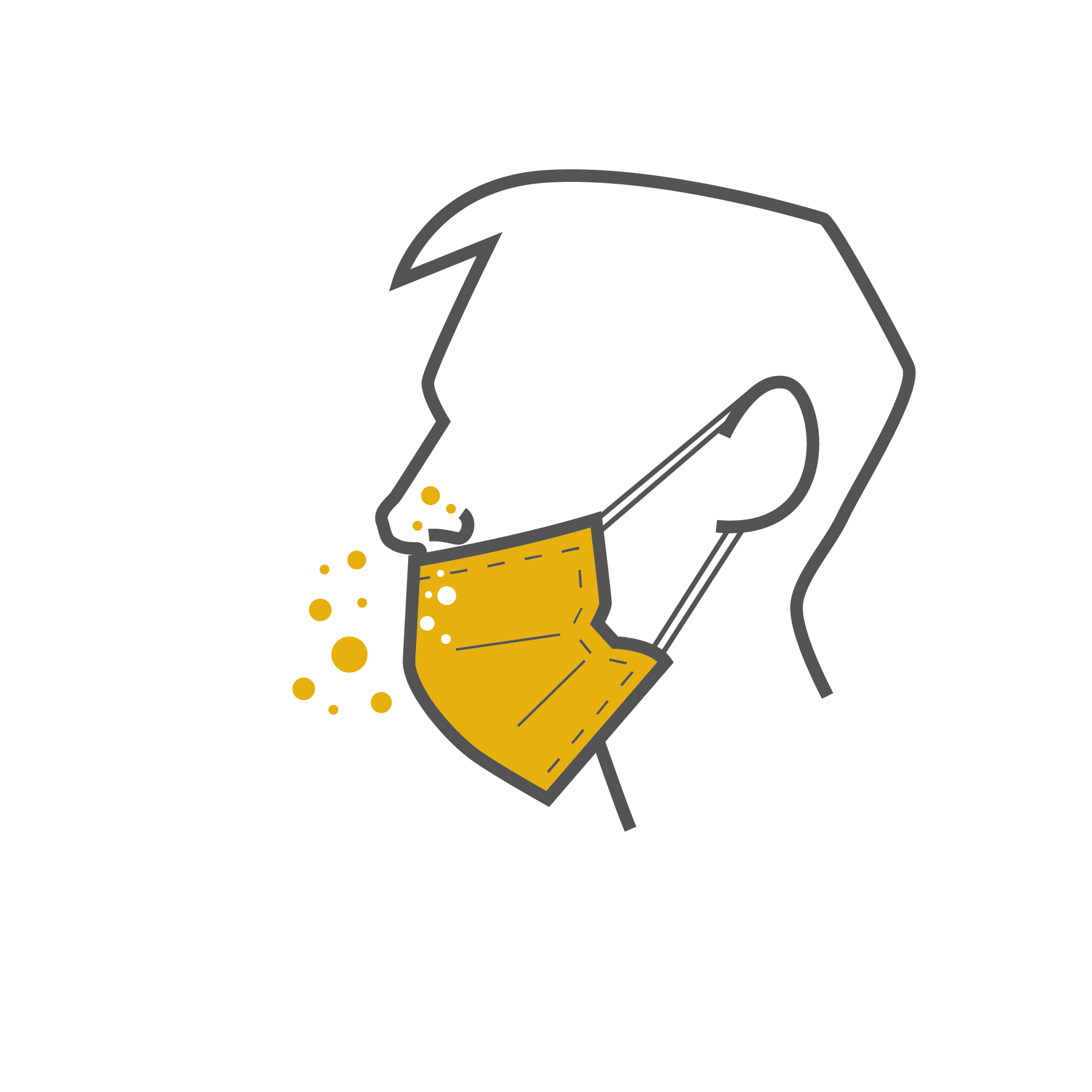


How to Remove a Face Mask
By removing a face mask correctly, you reduce the risk of spreading bacteria or a virus to your bare skin or the surfaces around you. To remove a face mask, do the following:

- Before removing a face mask, wash your hands with soap and water. If these are not available, use hand sanitizer.
- Avoid touching the part of the mask that covers the face. Touch only the bands or loops used to secure it.
- If your mask has elastic bands that fit over your head, lift the bottom band over your head first, then pull the top band over your head.
- If your mask has ear loops, hold them both and gently lift to remove the mask.
- Dispose of the face mask after each use. Never reuse it.
- Wash your hands thoroughly.

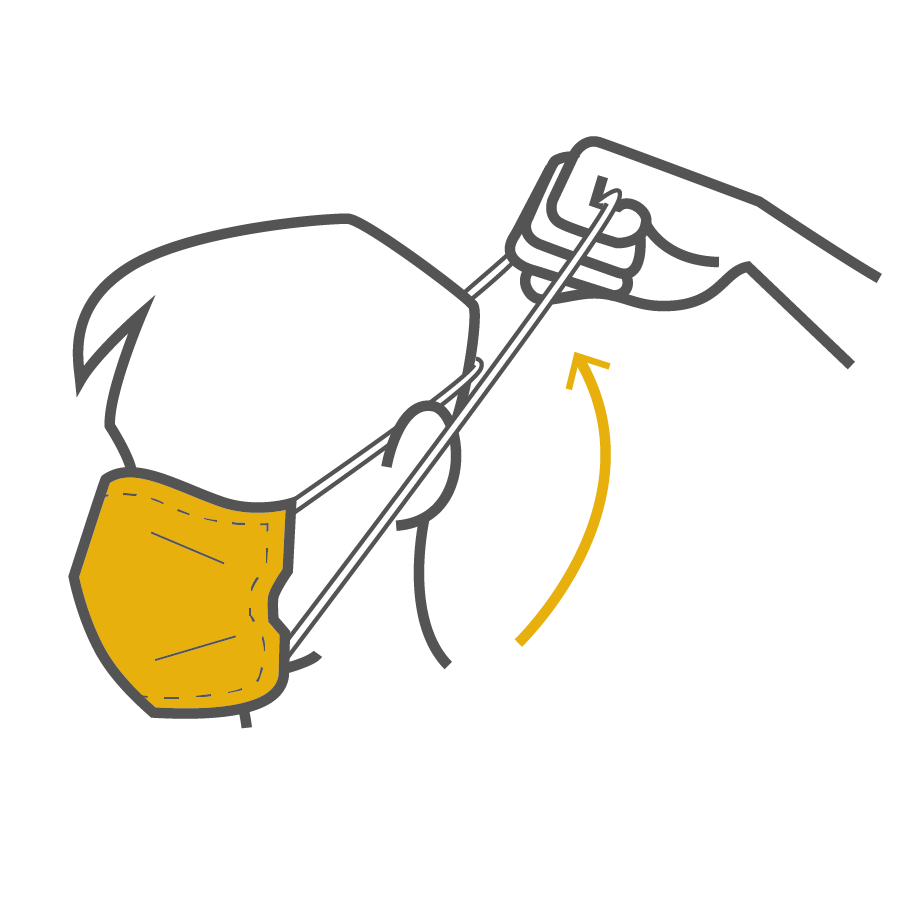

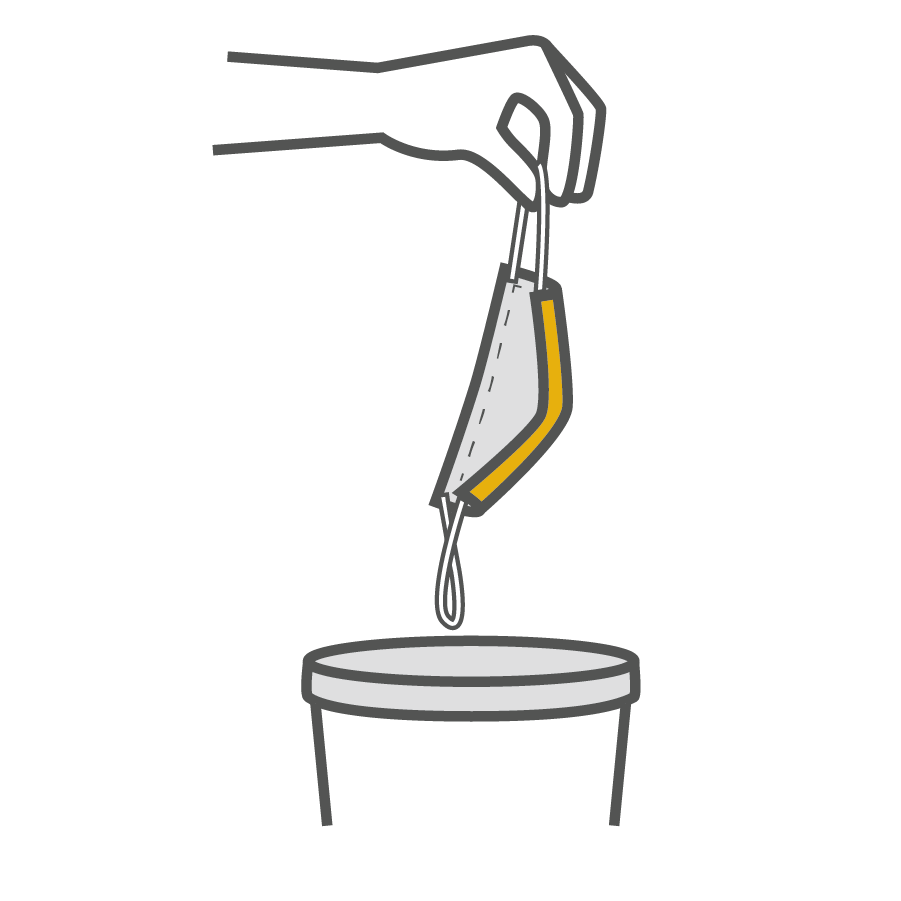

Wearing disposable gloves also helps prevent the transmission of bacteria and viruses.
There is a correct way to put on and remove disposable gloves so that they are effective.
How to Put on Disposable Gloves
Select the appropriate size of gloves. Ill-fitting gloves increase the likelihood of injury or contamination. If the gloves are too big, the loosefitting material will reduce your dexterity and ability to grip.
Put on gloves as follows:
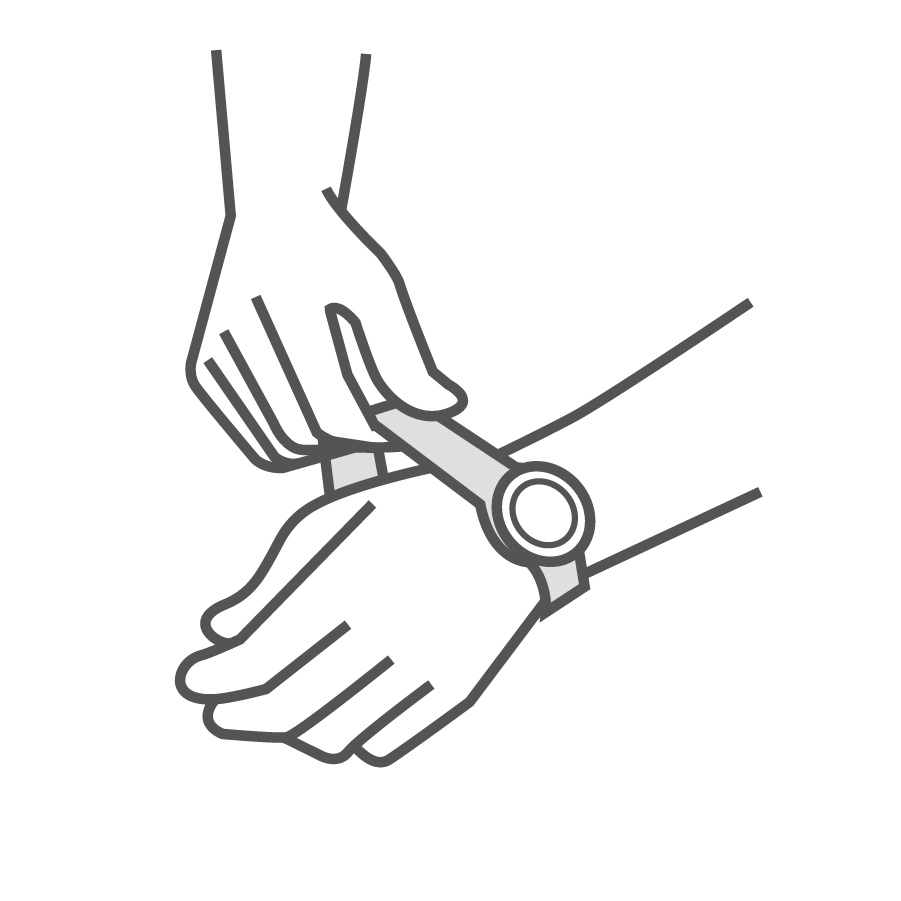
- Remove watches, rings and other jewelry from your hands. This is to prevent accidental tears in the gloves.
- Wash your hands with soap and water. If these are not available, use hand sanitizer.
- Pick up a glove by pinching the inside and outside of the cuff. Be careful to touch as little of the outside of the glove as possible. Carefully slide your other hand into the glove.
- Pick up the second glove by pinching the inside and outside of the cuff and put the glove on as above.
- Check to make sure there are no visible rips, tears or holes in the gloves. If there are any, remove the gloves, wash your hands and put on new gloves.
- Pull each glove cuff toward your wrist to cover as much skin as possible and secure the glove.
- If you touch your face, if a glove tears or if you have any doubt about the gloves being dirty or contaminated:
- a. Immediately remove the gloves and dispose of them.
- b. Wash your hands thoroughly.
- c. Put on a fresh pair of gloves.



Do not adjust the glove’s position on your hand until the other glove is on.
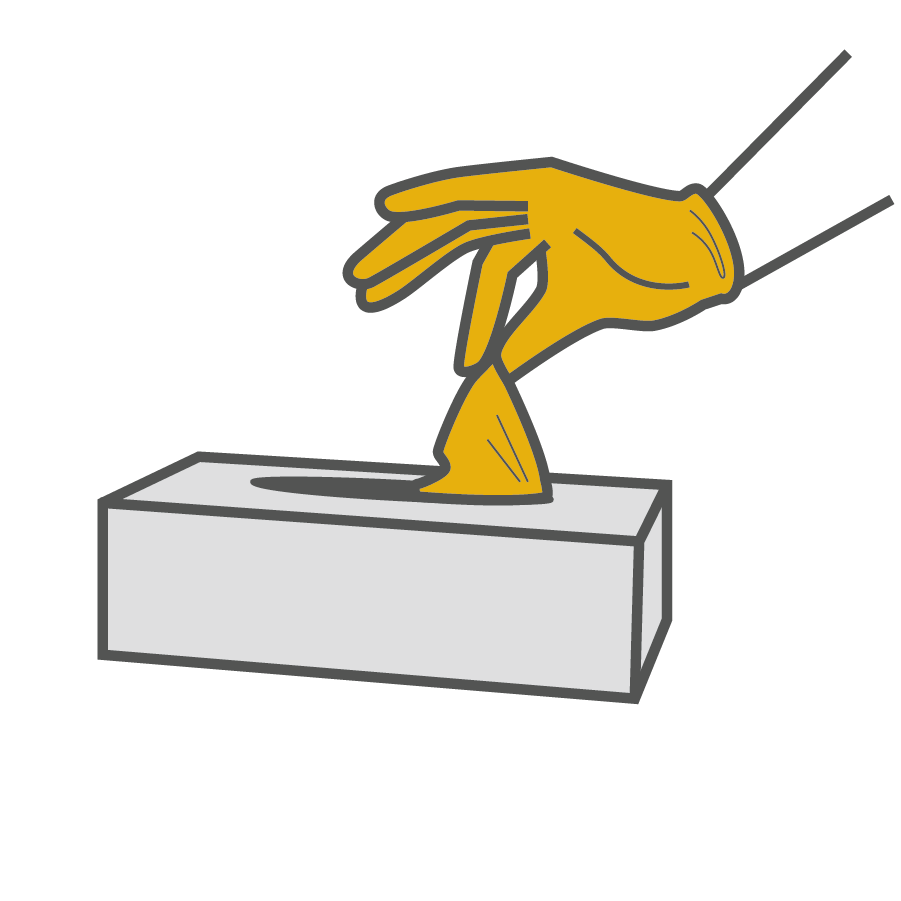

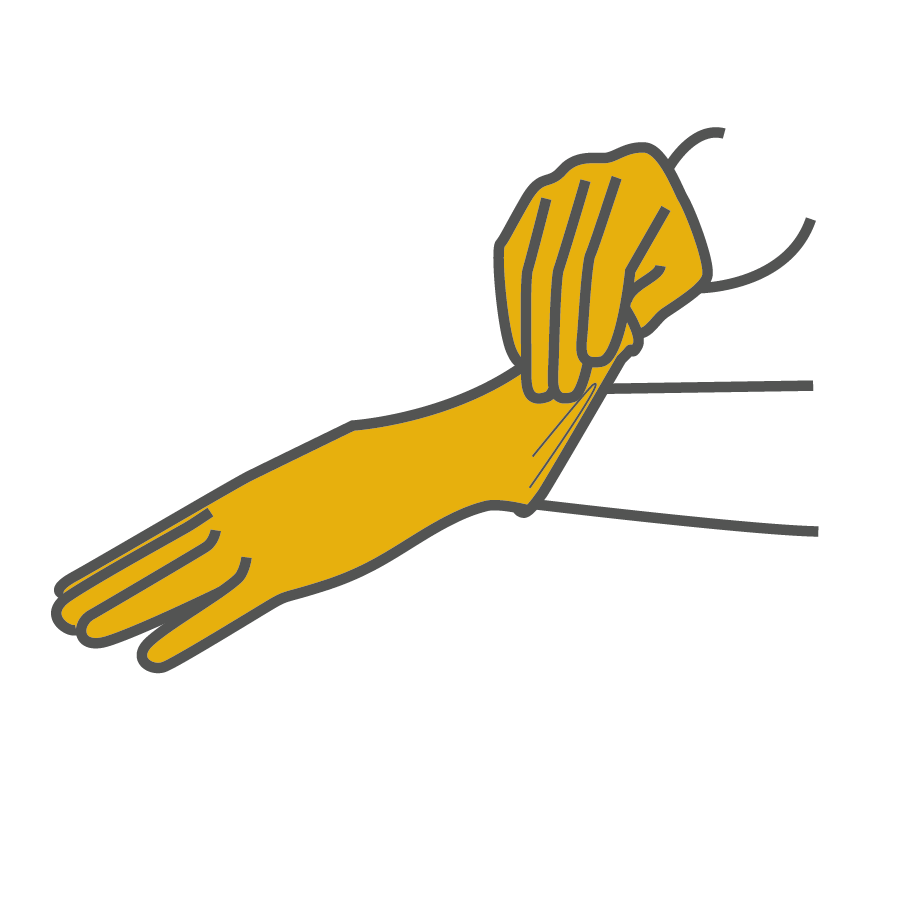


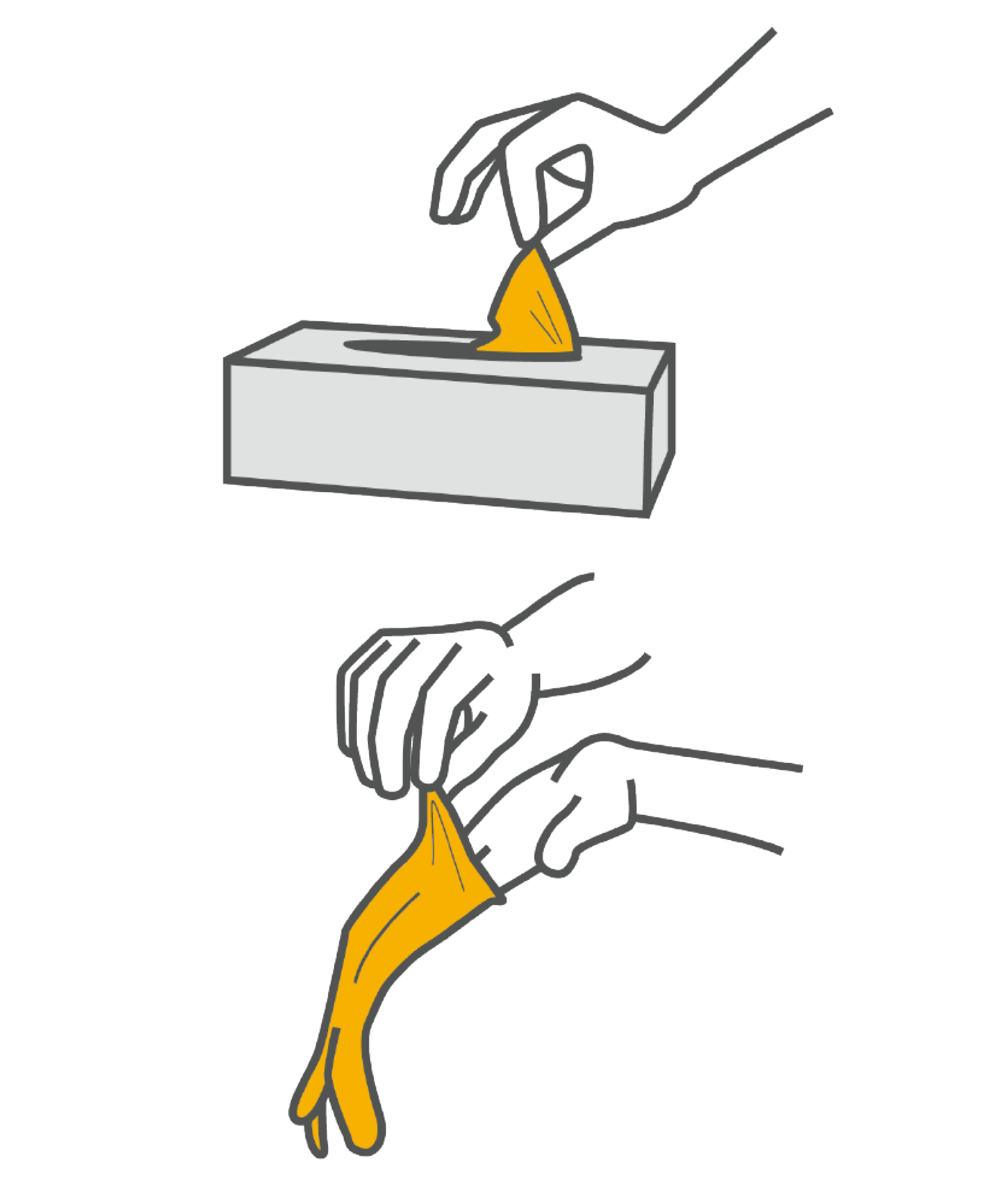
How to Remove Disposable Gloves
By removing disposable gloves correctly, you reduce the risk of spreading bacteria or a virus to your bare skin or the surfaces around you. To remove disposable gloves, do the following:
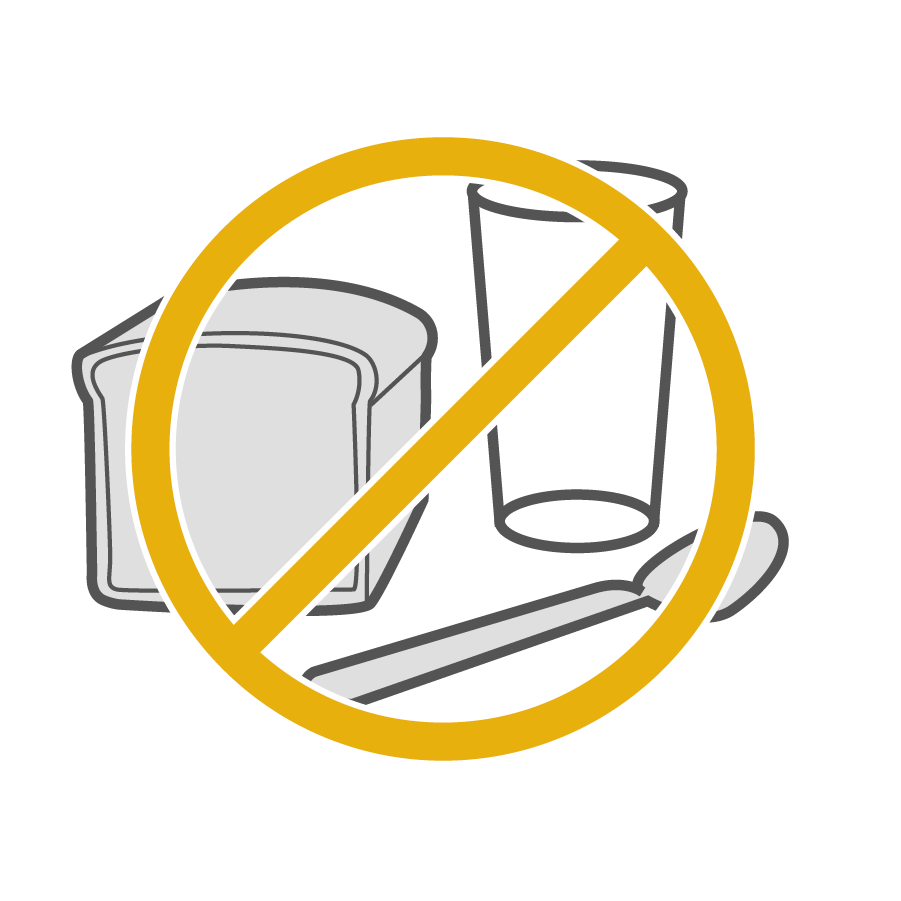
- Remove the gloves in a clean space, not near food or any food-contact surface.
- Pinch the outside of one glove at the wrist.
- Peel downward, away from your wrist, turning the glove inside out. Pull the glove away until it is removed from your hand.
- Hold the inside-out glove with your gloved hand.
- With your gloveless hand, slide your fingers under the wrist of the glove. Do not touch the outside surface of the glove.
- Peel downward, away from your wrist, turning the glove inside out. Pull the glove away until it is removed from your hand.
- Continue pulling the glove down, over the first glove. This ensures both gloves are inside out and that any contaminants do not come in contact with your bare hands.
- Dispose of the gloves after each use. Never reuse them.
- Wash your hands thoroughly.
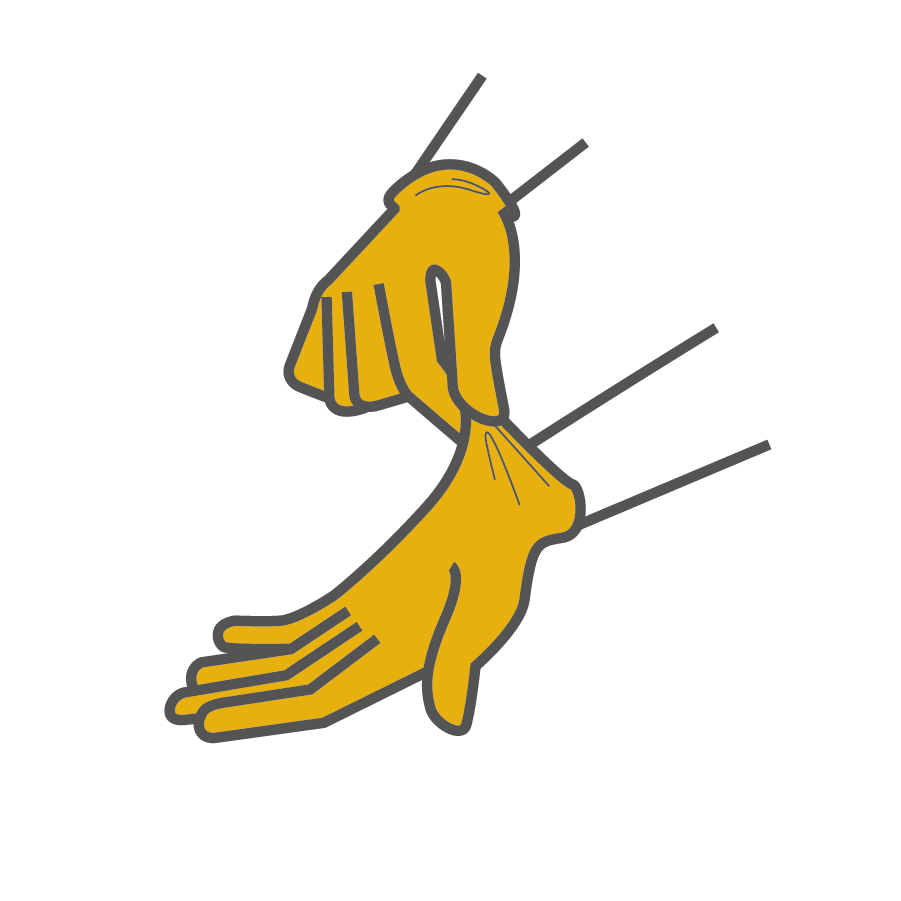
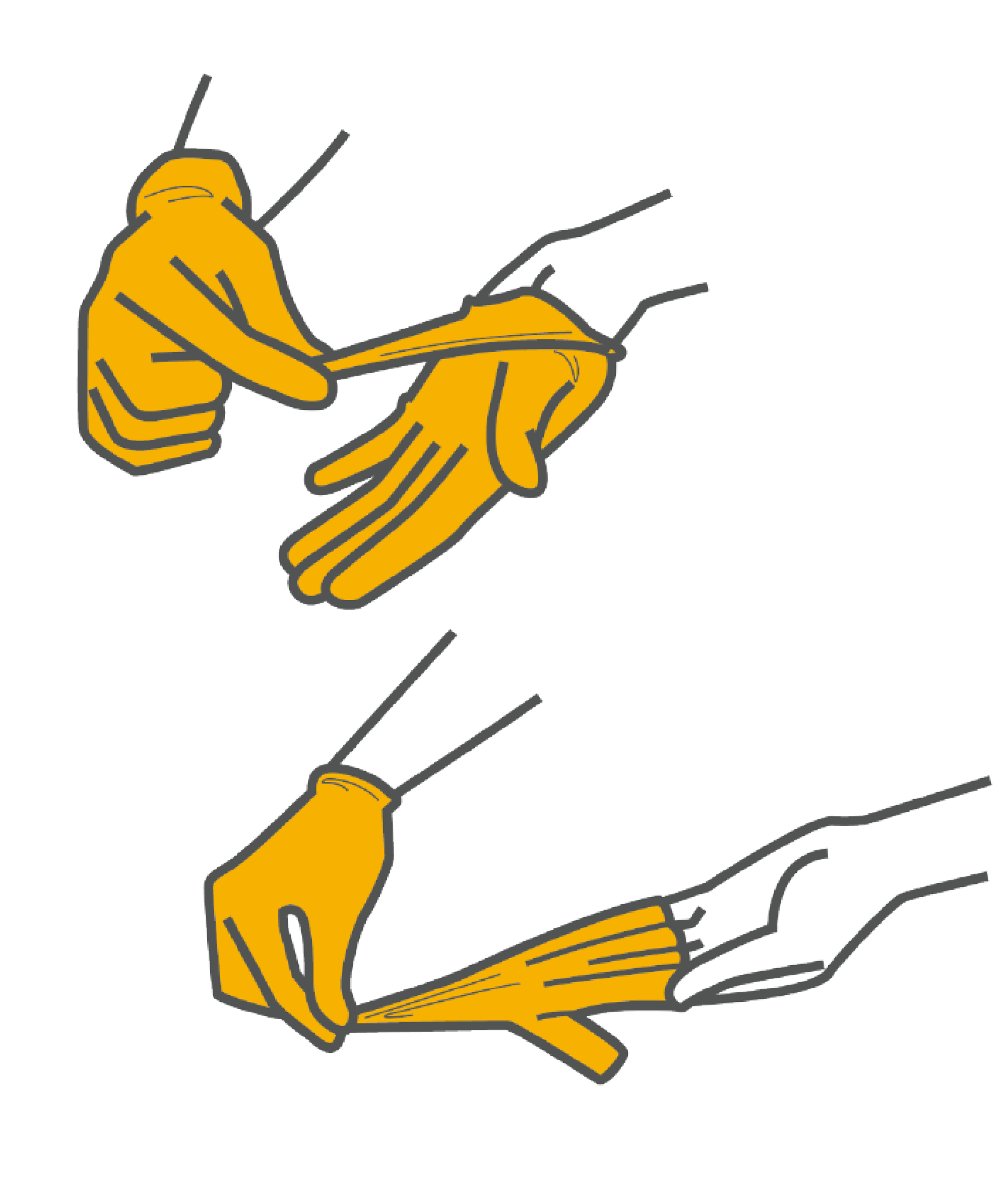

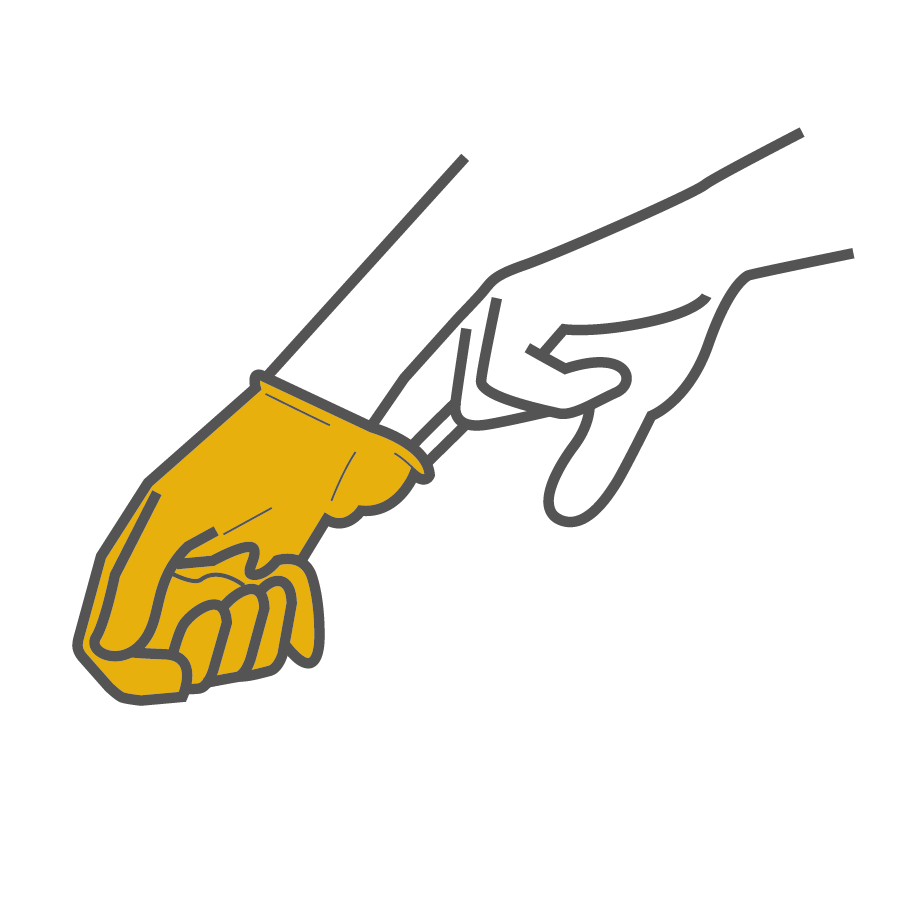
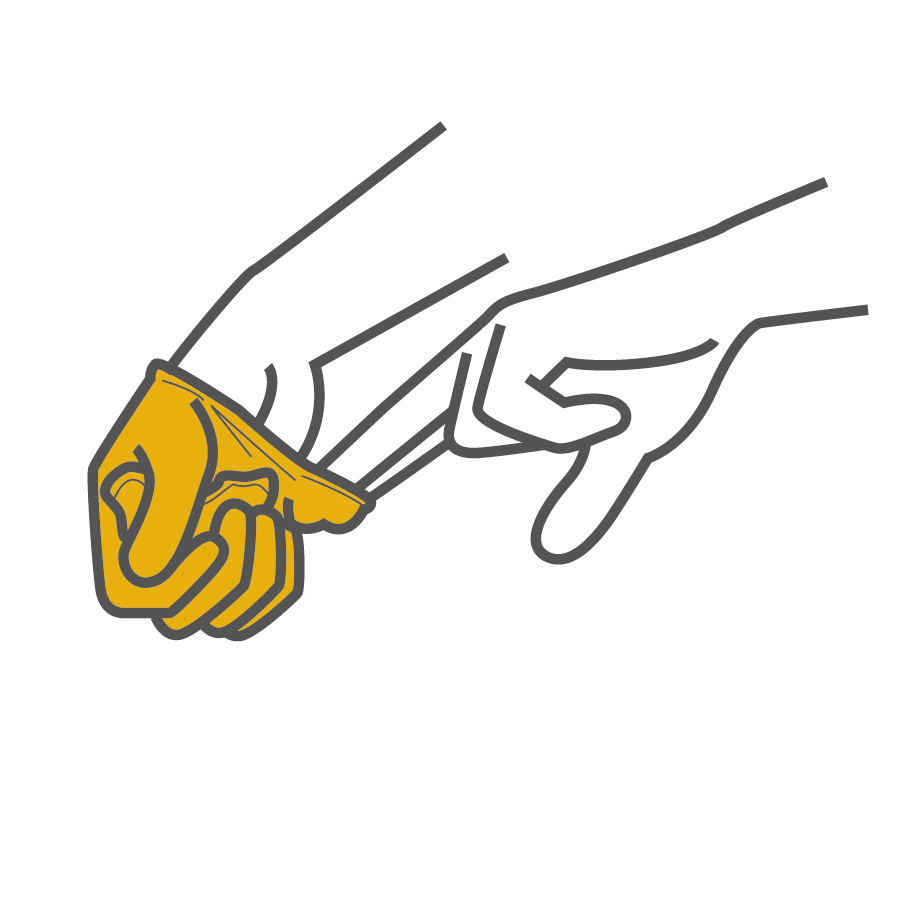

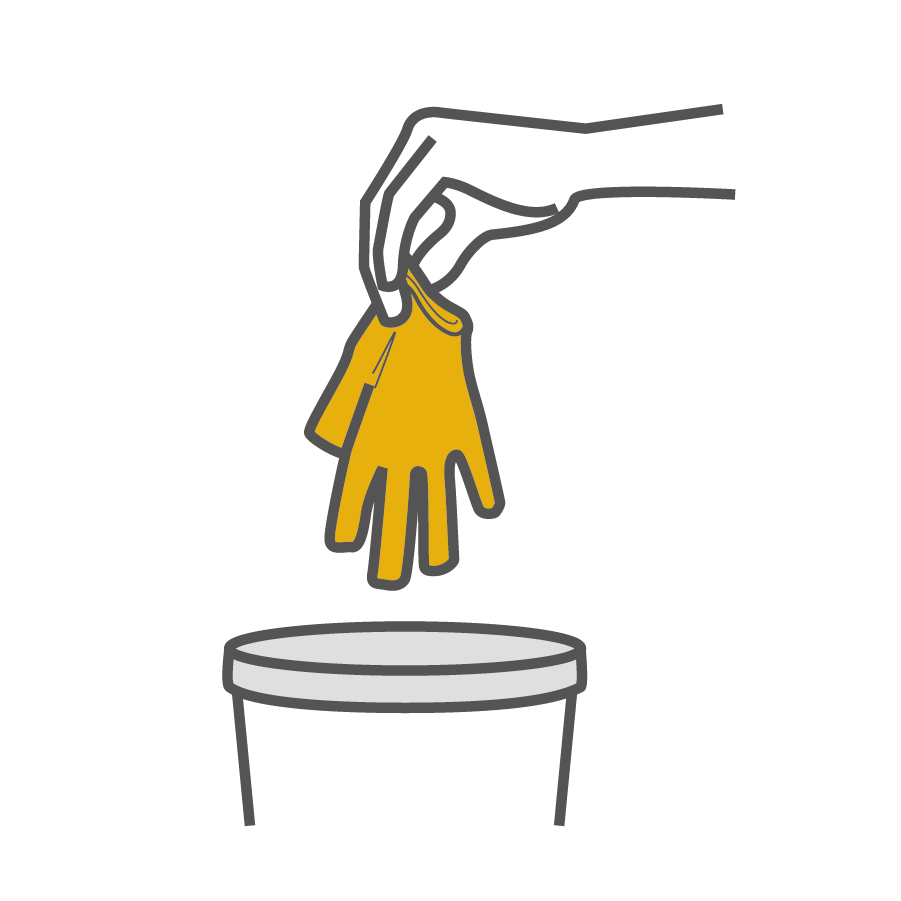


- If there is an outbreak in your area, leave your home only for essential needs or as authorized by local regulations.
- If you must leave your home, wear a face mask and disposable gloves.
- Maintain distance from others in public areas.
- Before re-entering your home, do the following:
- a. Take your shoes off and leave them outside, or spray them with a disinfectant.
- b. Remove and discard the mask and disposable gloves.
- c. With a fresh pair of gloves, disinfect any items you used when you were out—keys, credit cards, wallet, etc.

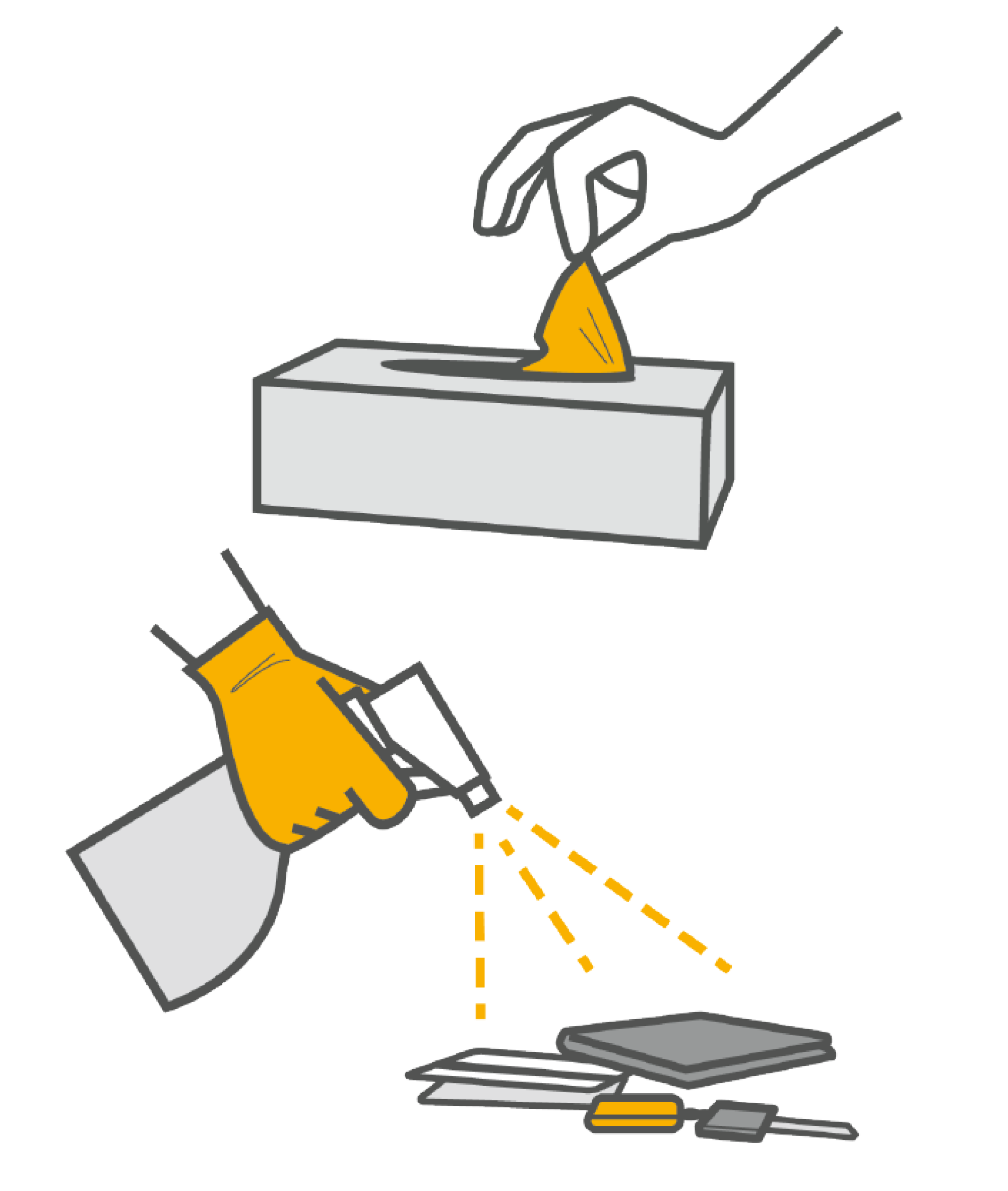

- Discard the gloves.
- Wash your hands thoroughly.
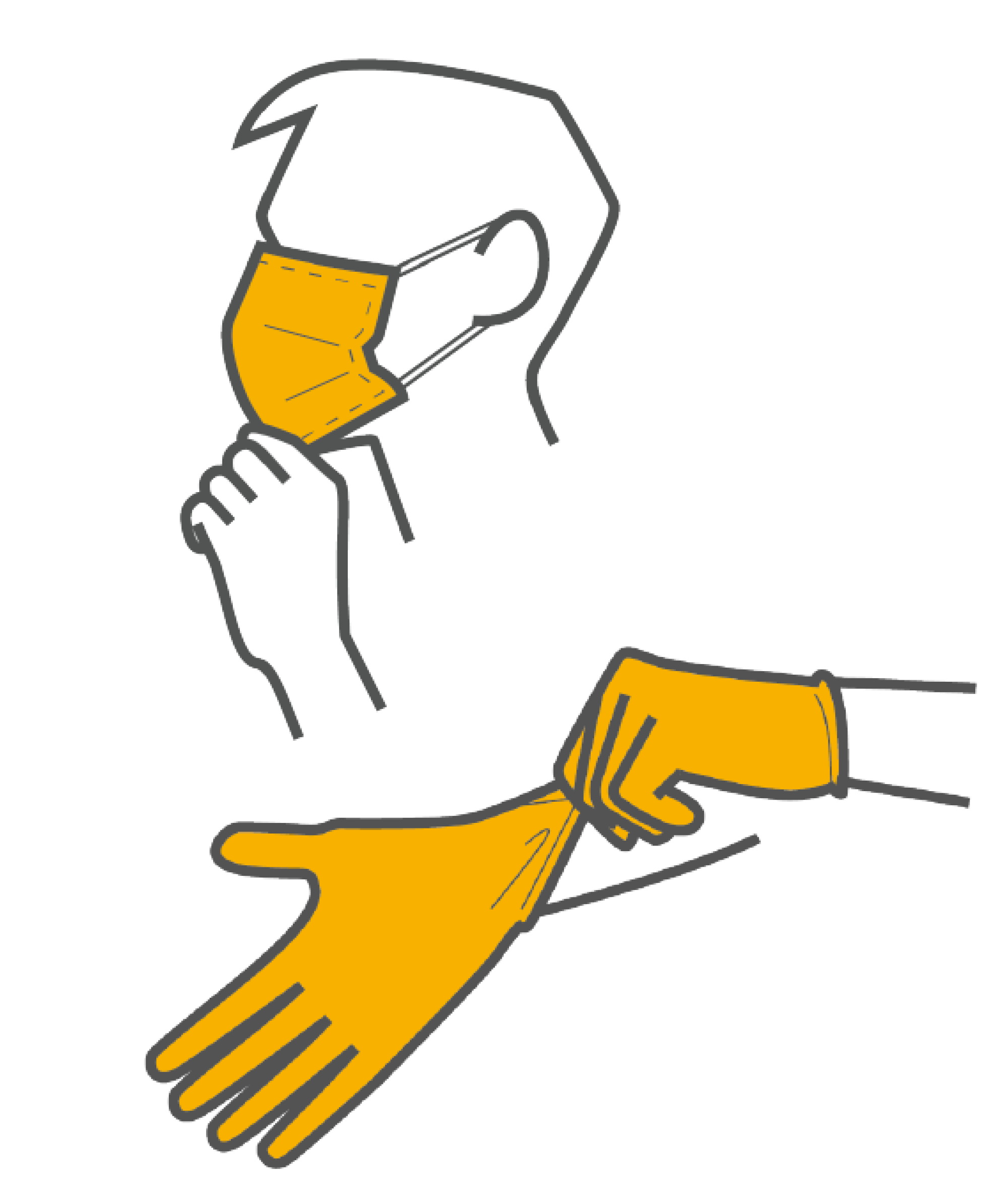
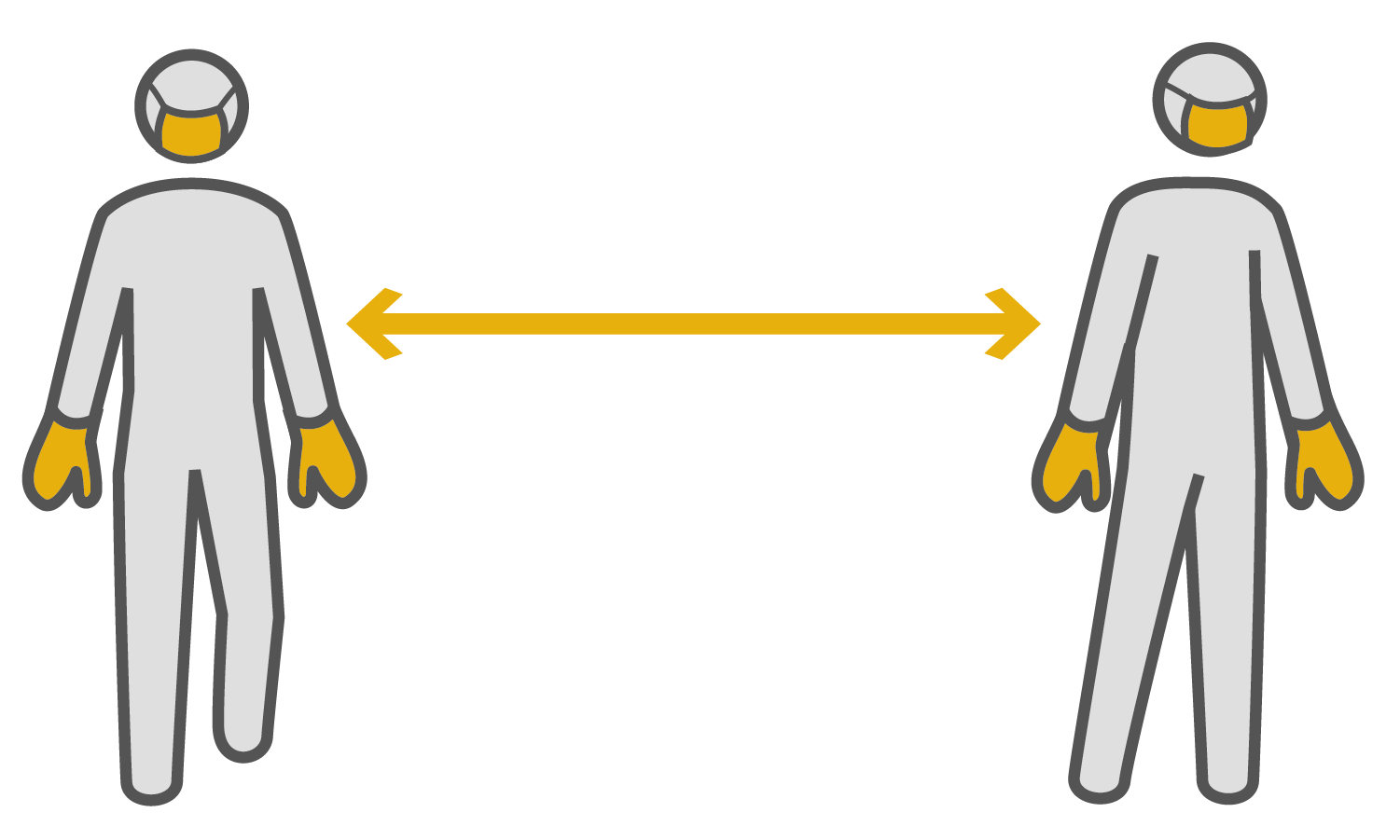
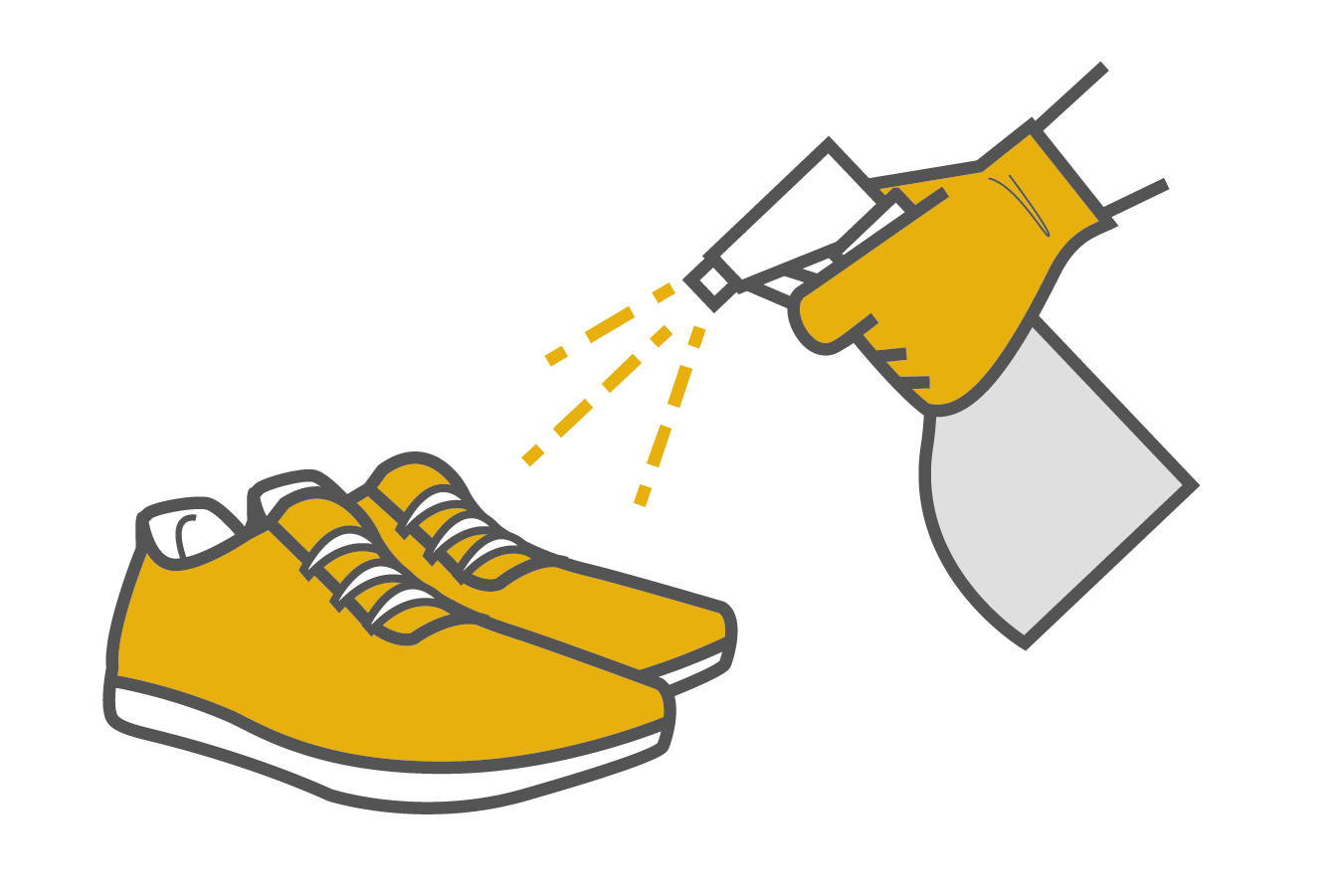

When you wear a face mask or gloves, use the techniques in this booklet for putting them on and taking them off. This will make them more effective in protecting yourself from the spread of germs.
Download and print these signs for your home and/or essential business.
An effective way to prevent the spread of illness and infection is to practice social distancing.
For the health and safety of all, please refrain from personal contact with others.
Washing your hands is one of the most effective ways to prevent the spread of germs.
Hand sanitizer is used in addition to hand washing or in a location or situation where soap and water are not immediately available.








